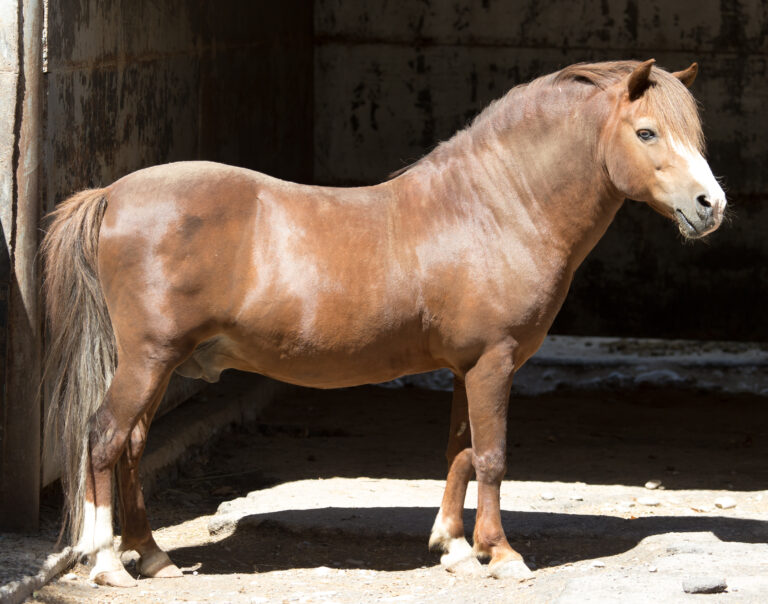
For decades, horse owners and practitioners often muse over the association of colic with rapid changes in barometric pressure. One college student devoted her research efforts to this concept in conjunction with data obtained from the University of Pennsylvania’s New Bolton Center from 2005-2017 [Cianci, Justine. Determining the Relationship Between Barometric Pressure Changes and the Incidence of Colic. Thesis presented to the Faculty of the University of Delaware, Spring 2018].
The study concluded: “The best predictors of colic found in this study are age, the horse’s geographical latitude, the incidence of repeated colic events, and barometric pressure drop within 12 hours of the event. For each one-year change in age, the odds of colic increase by a factor of 1.05. For every barometric decrease in inches of mercury of atmospheric pressure, the odds of colic increase by a factor of 2.5.”
She also pointed out that in the Northern Hemisphere, the farther north a horse lives, the more variable the climate and the more stress the animal experiences adapting to its environment, with a colic odds increase of a factor of two for each degree of latitude. It is also relevant that with inclement weather come managerial changes that alter feeding schedules, turnout and exercise, which are examples of changes in routine that are known stressors to the equine GI tract.
In summary, while there are many and multiple variables that can lead to colic, Cianci reported a significant increase in colic incidence within 12 hours of low-pressure frontal systems, i.e., a cold front, moving through an area. This is especially significant for senior horses, stressed horses or those prone to colic. Suppositions from this thesis are worthy of further study to help dispel or confirm anecdotal assumptions by many in the equine industry about barometric pressure changes and its relationship to colic.

![[Aggregator] Downloaded image for imported item #18890](https://s3.amazonaws.com/wp-s3-equimanagement.com/wp-content/uploads/2025/11/17113845/EDCC-Unbranded-3-scaled-1-768x512.jpeg)


